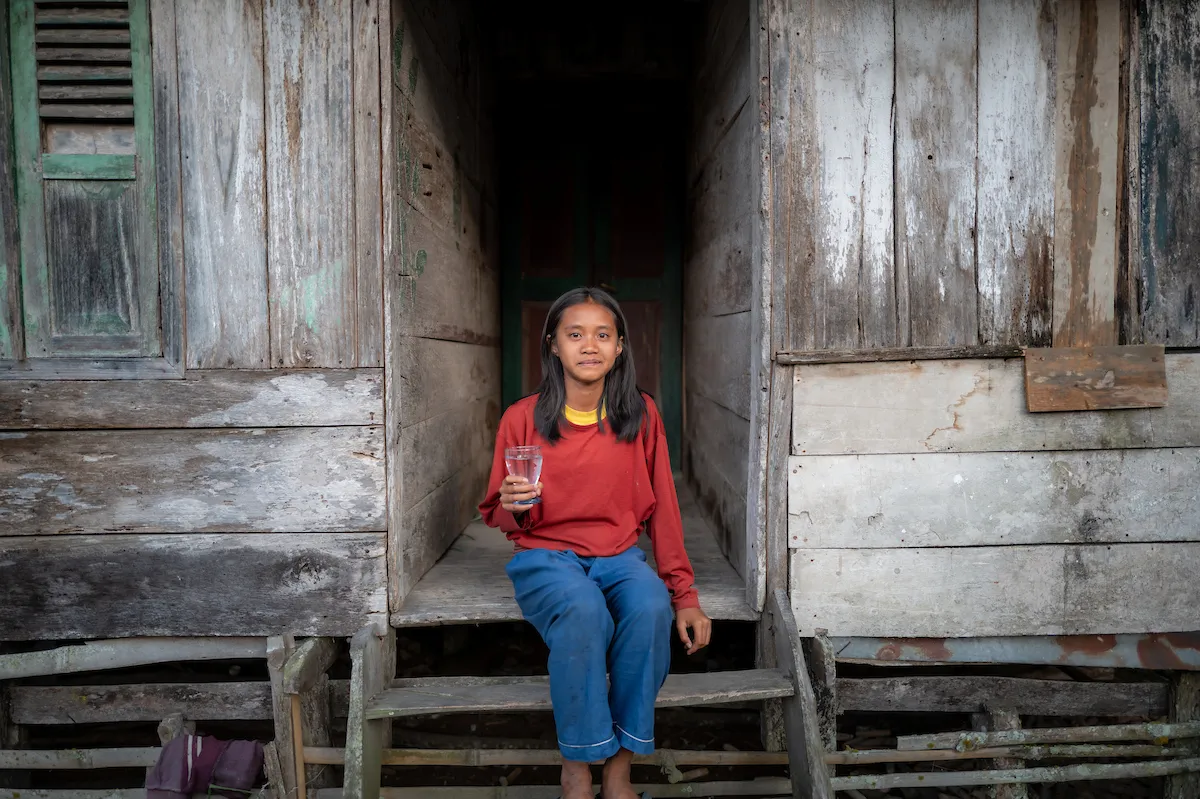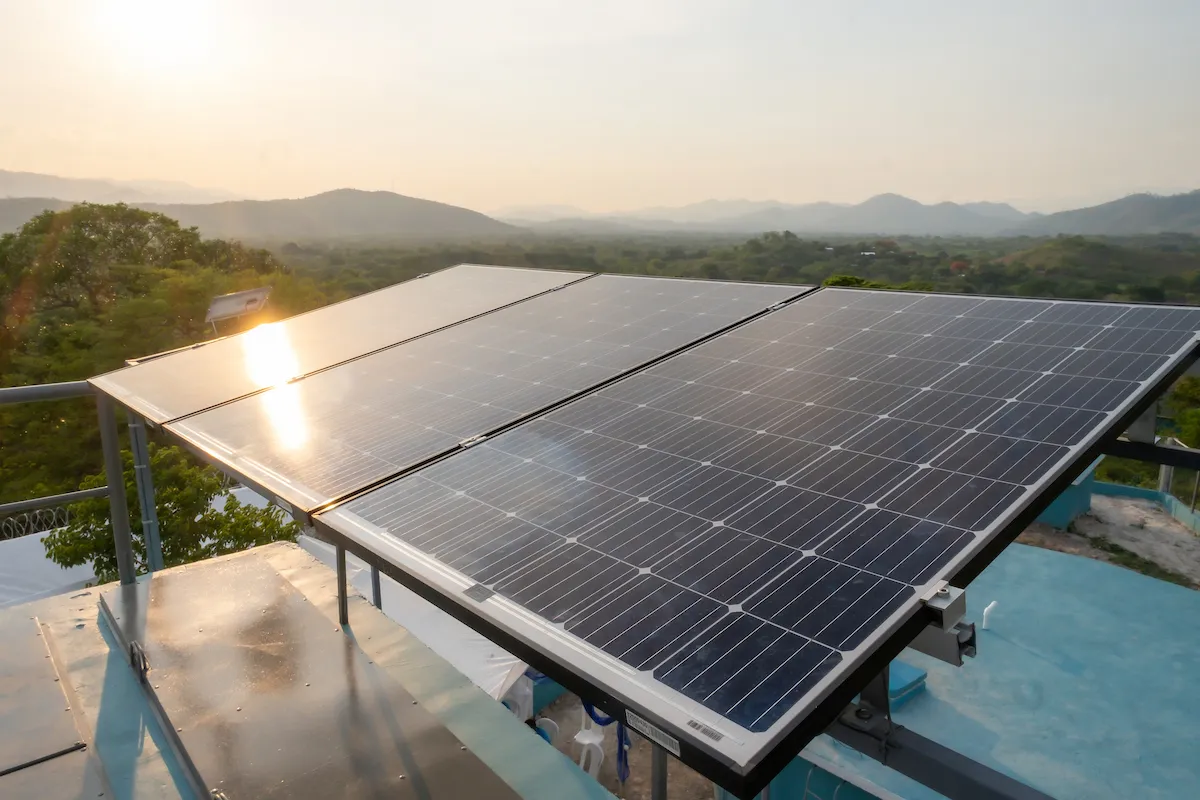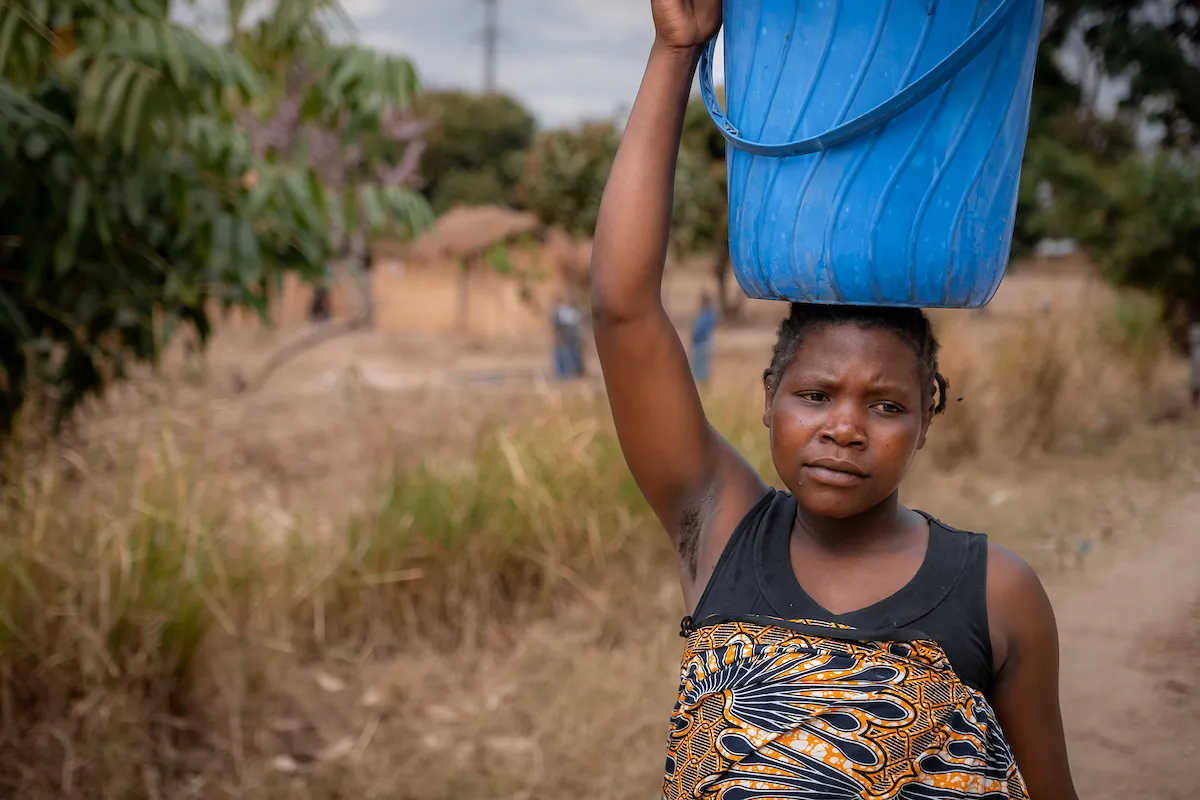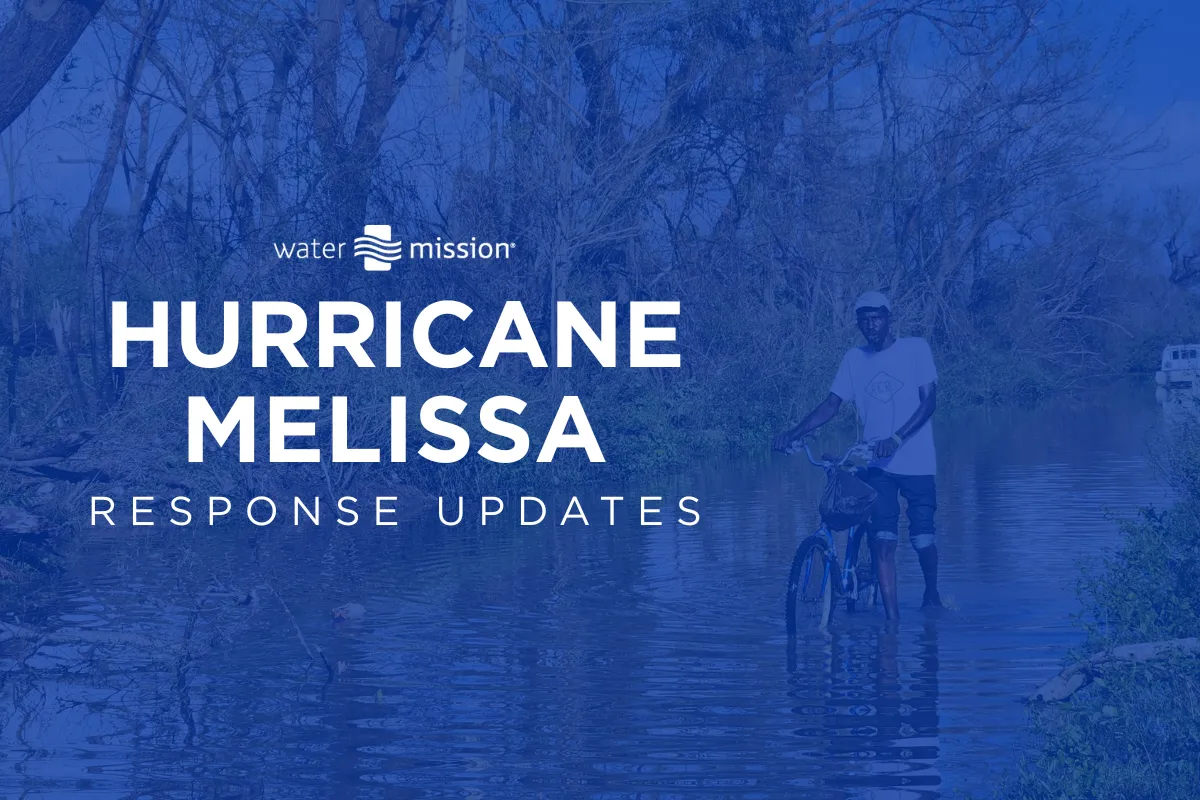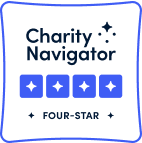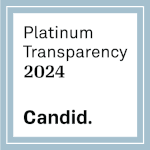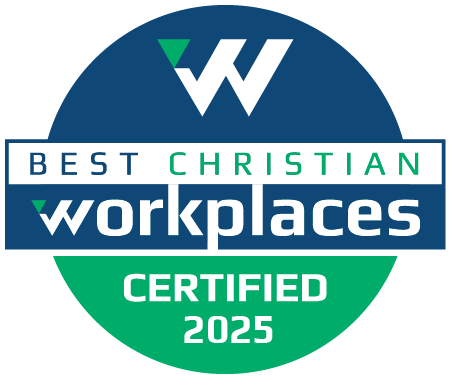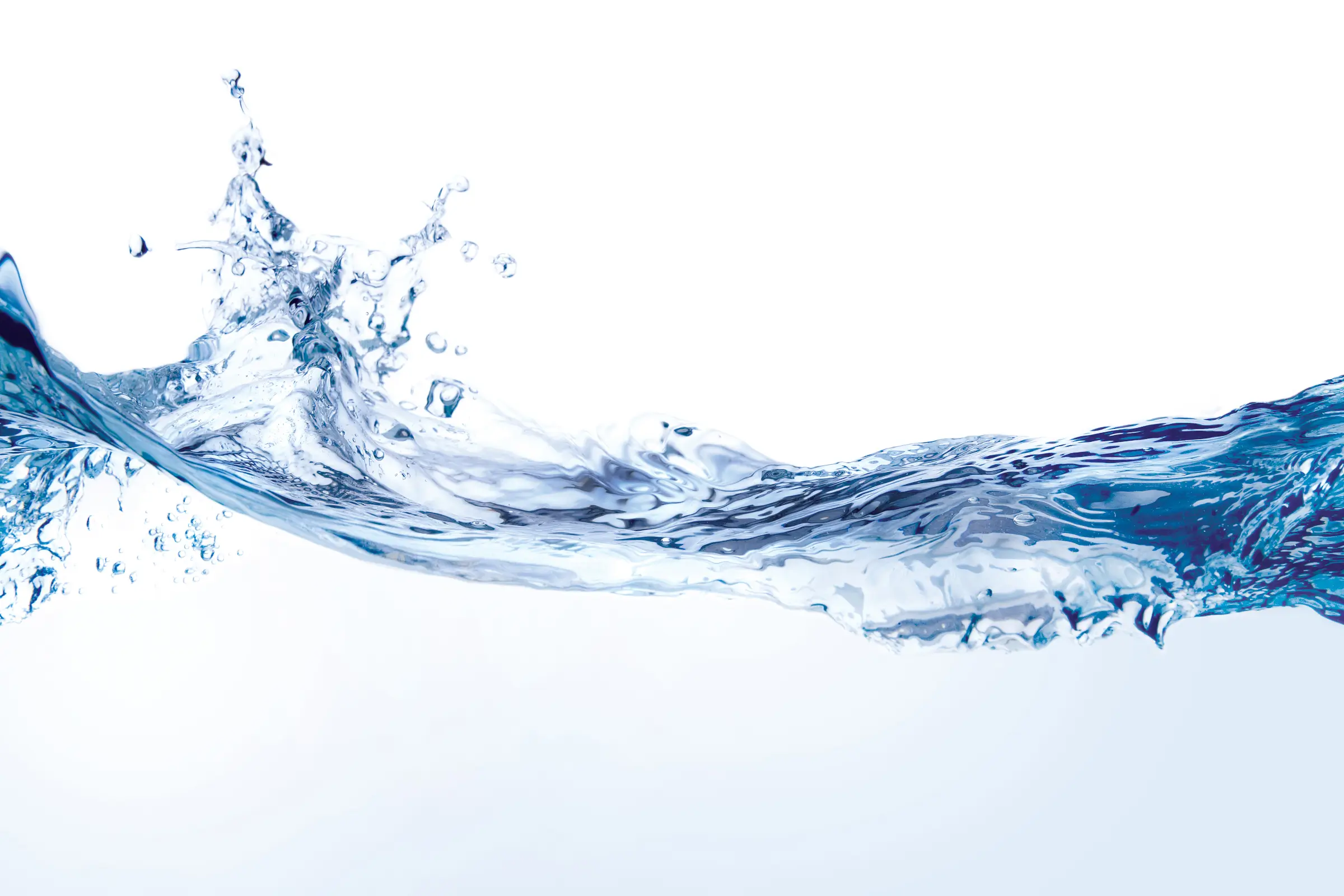5 Facts You Need to Know About Providing Safe Water for Communities
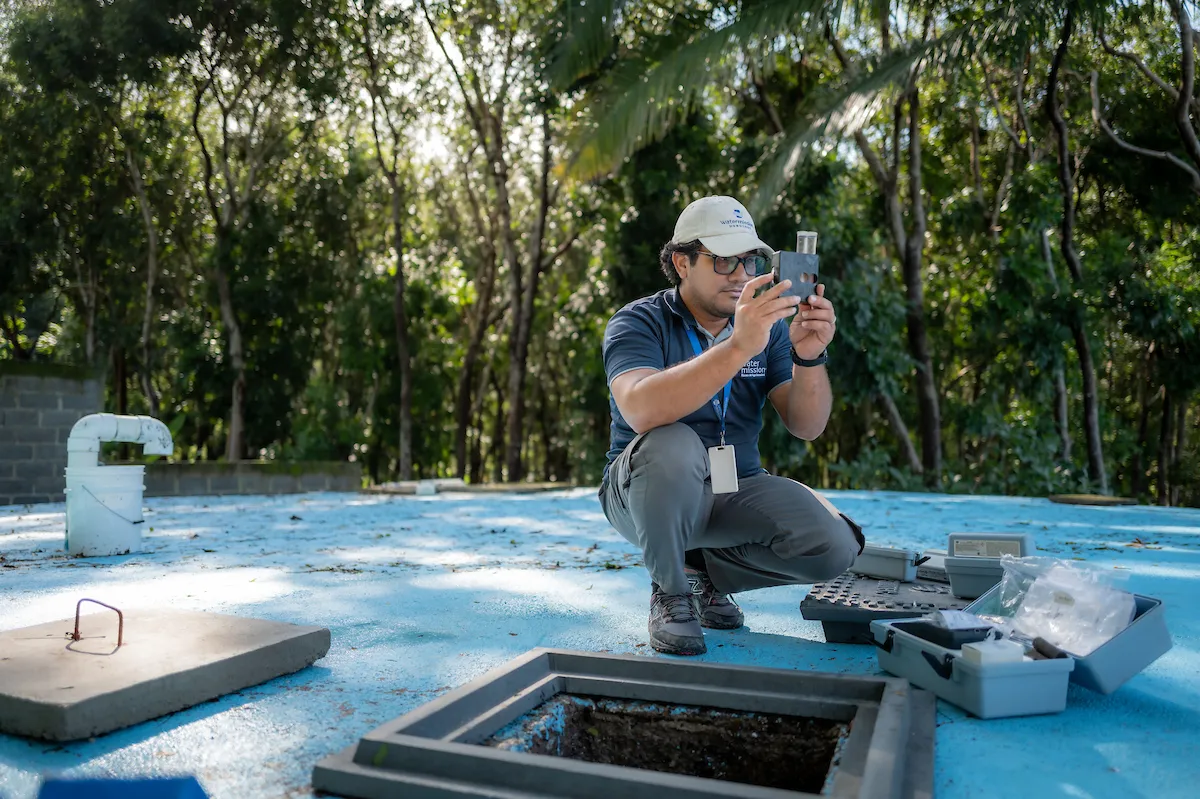
Did you know?
- Water Mission’s safe water projects are specially designed to meet each community’s needs.
We know that every community is unique, with its own needs and challenges. Our staff around the world consider each community’s needs, realizing that each safe water project should and will be designed differently.
Our safe water project in San Roque, Peru, is one example of Water Mission's engineering innovation. Located a three- to five-day boat ride from Iquitos, the community had previously been deemed too difficult and remote for the government or other organizations to build a safe water project there.
However, appropriate engineering design takes geographical context and supply chain limitations into account. When Water Mission began working on a safe water project for San Roque, we transported materials during the rainy season when the water was high and constructed the project during the dry season. We designed a floating pump house on a lake nearly a mile away and built a solar array to power the pump.
Now, more than 1,500 residents enjoy reliable access to safe water in San Roque.

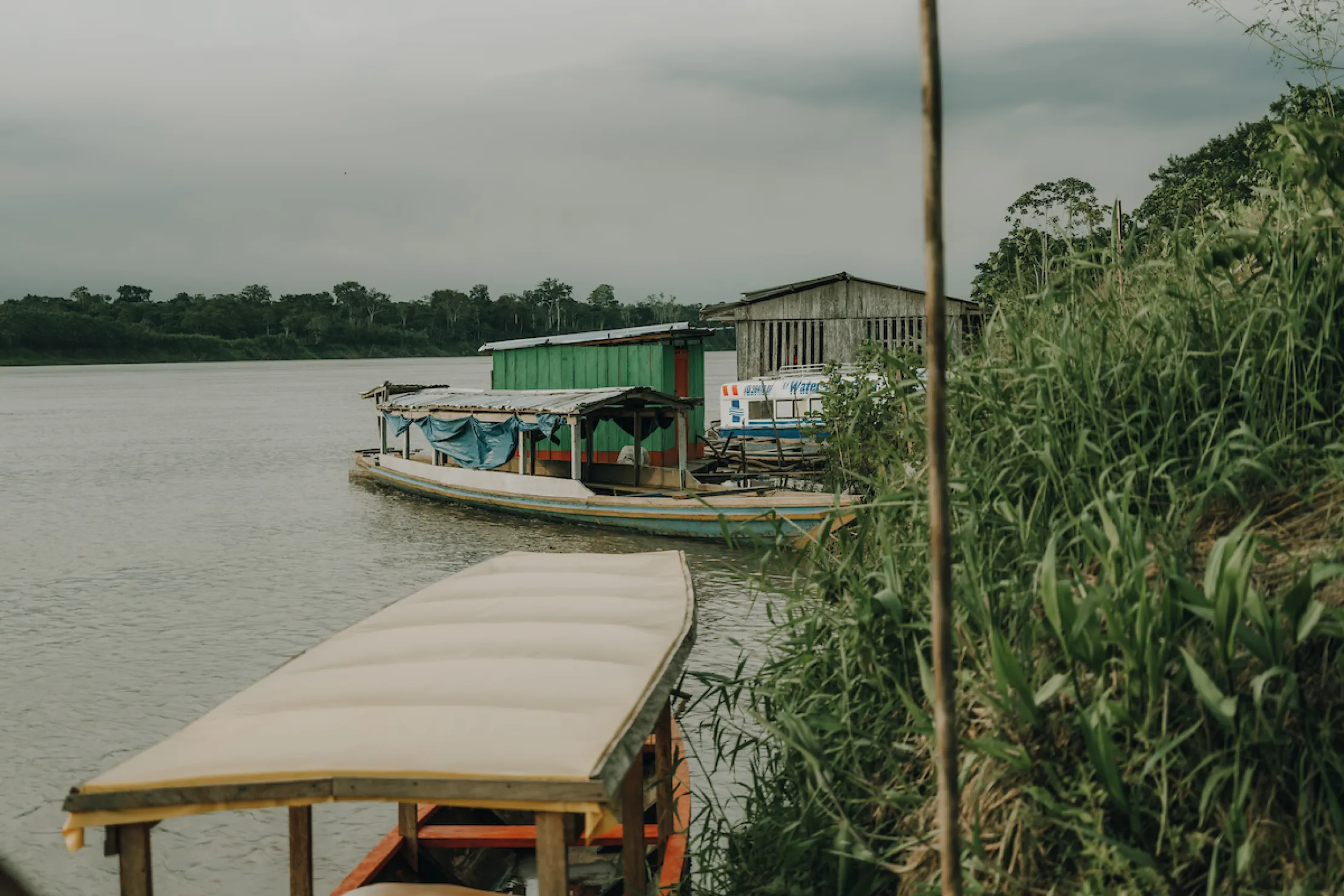

Our safe water systems are often powered by solar energy.
In many areas where we work, electricity is unavailable or unreliable. Solar energy is a reliable, sustainable, and affordable solution. Solar panels harness the sun’s energy, generating more than enough electricity to power entire safe water systems.
In Nueva Esperanza, Honduras, our team recently finished a project that is powered by the largest solar array we have installed in Honduras thus far, containing 208 solar panels. The system provides safe water for 1,900 people in Nueva Esperanza and two surrounding communities.
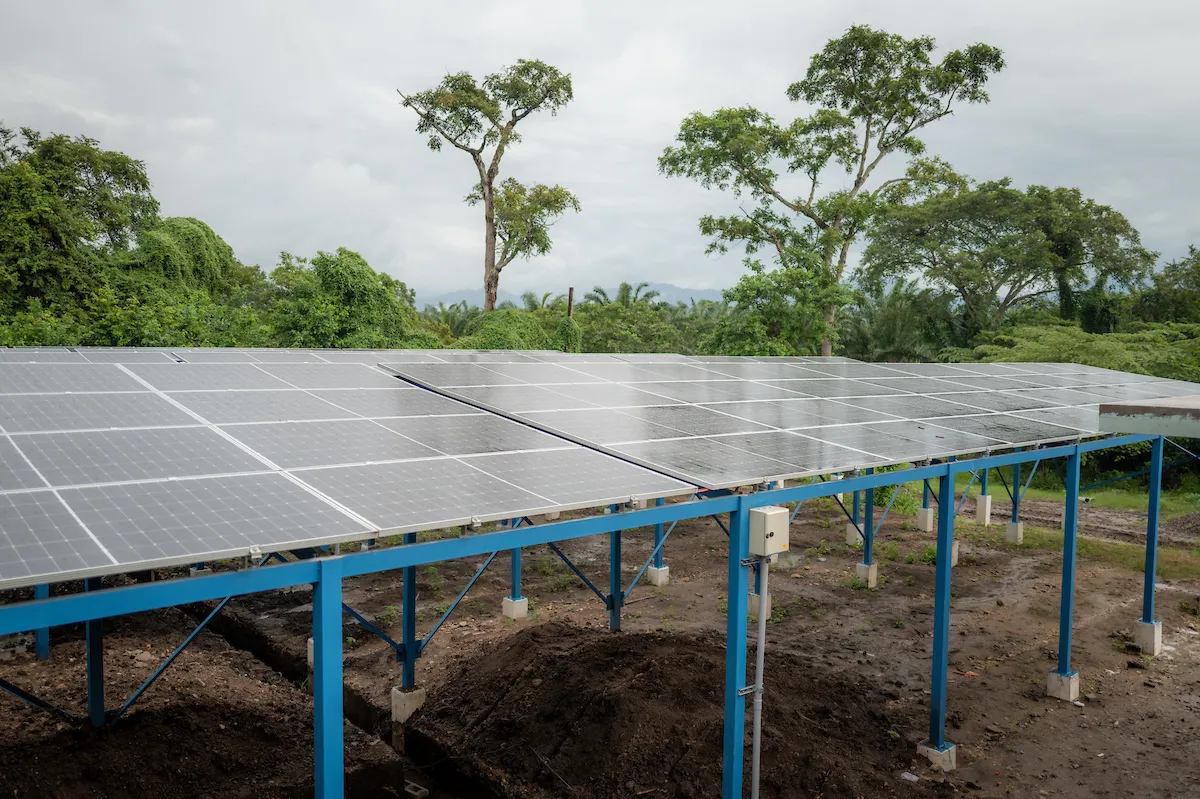
The solar array in Nueva Esperanza, Honduras, is the largest we have installed in Honduras, providing energy to produce 220 gallons of water per minute.
Water is typically treated using our unique Erosion Chlorinator.
Water Mission engineered an Erosion Chlorinator to ensure that the water we provide is treated and safe according to World Health Organization standards. The chlorinator does not require electricity and is durable, low-maintenance, and easy to operate.
Naturally clear or filtered water flows into the chlorinator and is directed into a chamber holding solid chlorine tablets. Chlorine dosing occurs as water flows across the surface of the tablets. The water then moves to the storage tank, where chlorine has sufficient time to oxidize and kill bacteria and viruses.
Access to safe water helps people around the world have the opportunity to be healthy. Mindraa was despondent when she moved to Uganda’s Bidibidi Refugee Settlement and found the community lacked safe water. Now, she is comforted knowing the water she and her children consume is safe.
Since the safe water project...I've seen a great change in the children. Their bodies are healthy. They can wear clean clothes, take baths, and go to school healthy.

Mindraa and her children now have the opportunity to be healthy, due to the safe water project in Bidibidi Refugee Settlement.
Remote monitoring allows us to track water flow.
With remote monitoring technology, Water Mission staff can access real-time data from our water systems anywhere in the world. The monitor transmits data via satellite or cellular networks to a cloud-based platform, enabling us to respond quickly when issues arise and be proactive about system maintenance.
In accordance with the United Nations’ Sustainable Development Goal 6, we want to prioritize system sustainability. Remote monitoring helps us ensure that communities receive uninterrupted access to safe water 24/7.
Safe Water Committees help keep systems running 24/7.
When we begin implementing a project, Water Mission facilitates the formation and training of a Safe Water Committee (SWC)—a group of community members who are passionate about helping their community ensure safe water access. Water Mission monitors and supports the SWC as they operate their water system.
In San Martin de Letira, Peru, a passionate women-led SWC uses their God-given skills to serve their community’s safe water project. Maria, who has been the system operator for more than 10 years, said, “I feel proud to be able to contribute to my community by doing this work through the teamwork of the committee.”

Maria and Cecilia, two SWC members in San Martin de Letira, Peru, work together to service their safe water system.
Support from friends like you and the commitment of communities around the world help us continue to create innovative solutions to fight the global water crisis. You can get involved by volunteering, giving from what God has blessed you, and praying for the ministry.
Related Impact Stories
